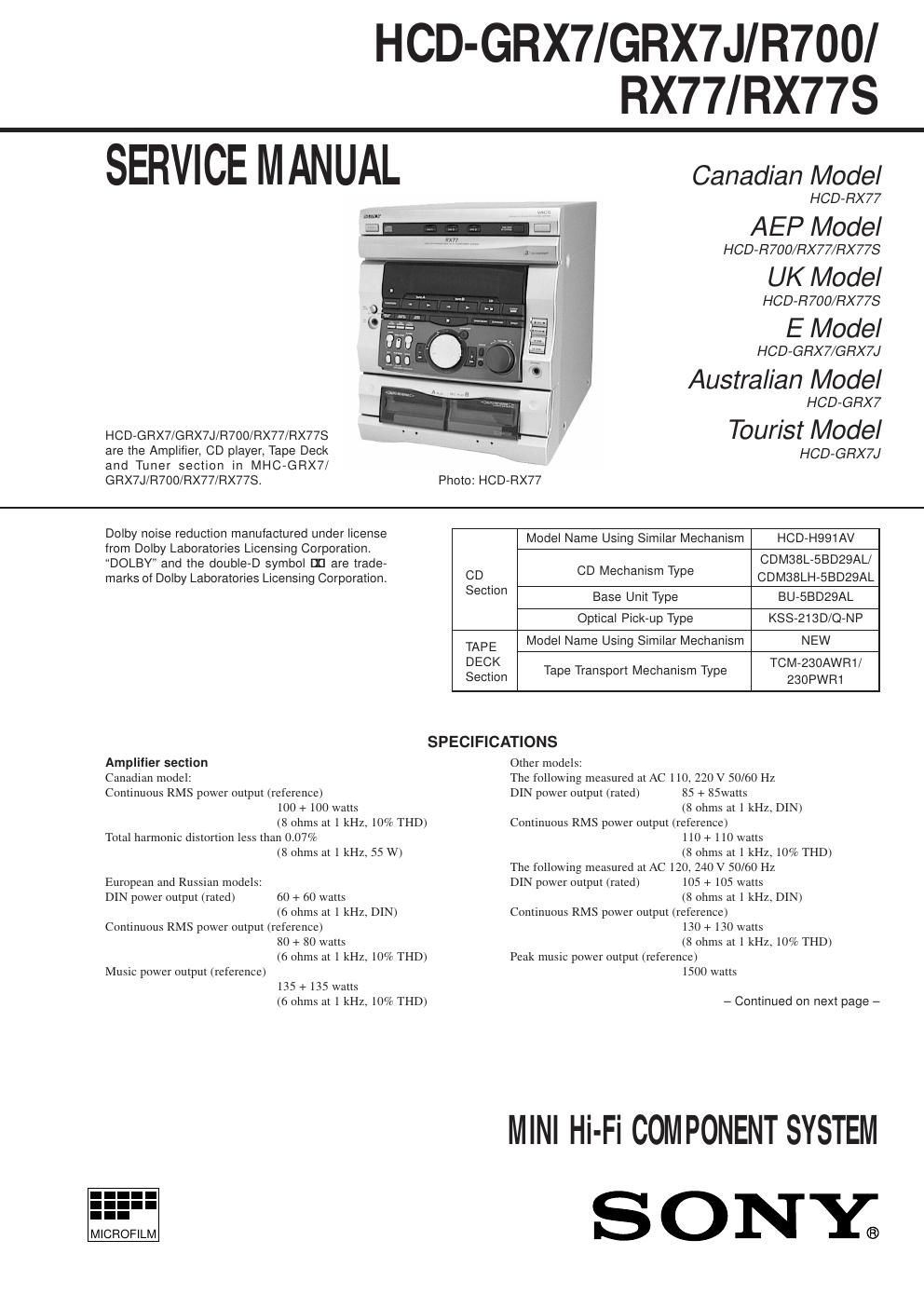Sony hcd rx 77 s service manual
This is the 89 pages manual for sony hcd rx 77 s service manual.
Read or download the pdf for free. If you want to contribute, please upload pdfs to audioservicemanuals.wetransfer.com.
Page: 1 / 89
